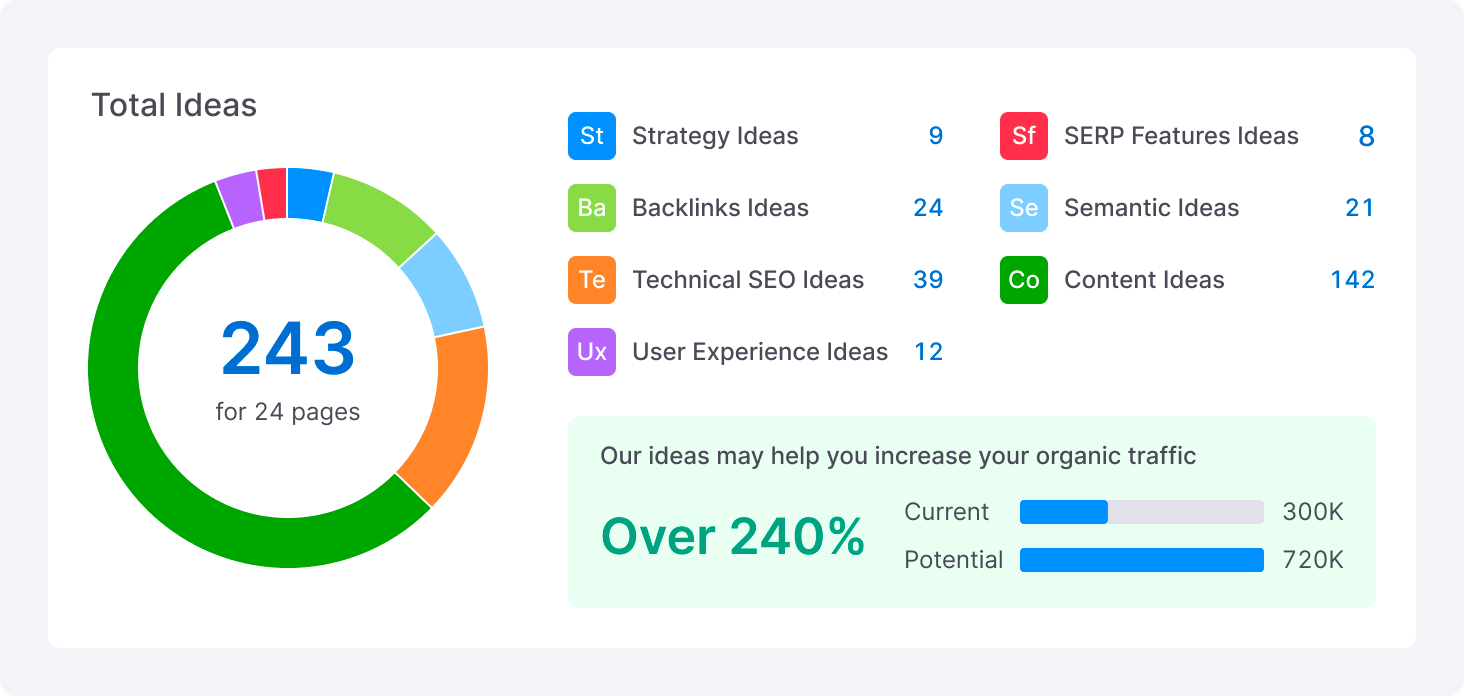Revealing What Is Ruled Out a Default Medium in Google Analytics
Revealing What Is Ruled Out a Default Medium in Google Analytics
Blog Article
Introducing the Unconventional Mediums in Google Analytics Beyond Default Settings
In the world of electronic analytics, Google Analytics stands as a keystone for services seeking to understand their online visibility. By venturing past the surface area and delving into the details of social media information, email campaign efficiency, recommendation web traffic sources, straight web traffic patterns, and customized channel groups, a treasure trove of details waits for those prepared to welcome a much more nuanced method.

Leveraging Social Media Site Insights
Occasionally ignored, yet tremendously beneficial, is the practice of leveraging social networks understandings within the realm of Google Analytics. By incorporating information from platforms like Facebook, Twitter, Instagram, and LinkedIn into Google Analytics, organizations can acquire a much deeper understanding of their target market and the effectiveness of their social networks projects.
Via this integration, marketing professionals can track and analyze individual actions on their website that originates from social networks systems. They can recognize which social media channels are driving the most traffic, which material is reverberating with the target market, and which projects are converting the most leads. This insight enables for data-driven decisions to maximize social networks approaches and boost overall marketing performance.
Furthermore, by combining social media sites understandings with Google Analytics, businesses can create much more targeted and customized campaigns - what is not considered a default medium in google analytics. They can utilize market info, rate of interests, and on the internet habits gathered from social networks to refine their audience segmentation and supply customized messages that reverberate with certain client groups. This targeted method can result in higher engagement, increased conversions, and inevitably, boosted roi
Revealing Email Campaign Performance
Uncovering Email Campaign Efficiency includes examining essential metrics and performance indicators to review the performance of email marketing initiatives. When diving into email project performance, it is essential to assess metrics such as open prices, click-through rates, conversion rates, and unsubscribe prices. Open prices suggest the portion of receivers that opened the e-mail, supplying insight right into the efficiency of subject lines and sender names. Click-through rates gauge the portion of receivers who clicked on web links within the email, revealing interaction degrees. Conversion rates track the percentage of receivers who finished a desired activity after clicking on a web link in the email, such as purchasing or signing up for an e-newsletter. Finally, unsubscribe prices highlight the number of receivers who decided out of getting more emails, losing light on email material quality and significance. By analyzing these metrics, marketing professionals can fine-tune their email projects for better interaction and efficiency.
Studying Reference Traffic Sources
After assessing the performance of email projects via vital metrics such as open prices and conversion rates, the following critical action is analyzing referral traffic sources in Google Analytics to comprehend where web site site visitors are originating from and just how they connect with the website. Reference website traffic resources describe the web sites that route customers to your website with clickable links. By delving into this data, businesses can gain insights right into which exterior platforms are driving traffic to their website, whether it be social media sites systems, companion websites, or online directory sites.
It helps services identify high-performing recommendation resources that contribute substantially to website web traffic and conversions. Google Analytics supplies comprehensive records on referral web traffic, permitting companies to track the efficiency of each reference source precisely and make data-driven see choices to enhance their on the internet existence.
Checking Out Straight Website Traffic Patterns
Discovering the direct traffic patterns in Google Analytics offers useful understandings right into user behavior and the efficiency of campaigns - what is not considered a default medium in google analytics. Direct web traffic describes visitors who arrive on a web site by straight keying the link right into their internet browser, making use of book marks, or clicking untagged web links. Recognizing straight web traffic patterns can assist marketing professionals examine the effect of offline advertising efforts, brand recognition, and the effectiveness of word-of-mouth referrals
By diving right into direct traffic data, businesses can reveal critical details regarding individual intent and brand commitment. Assessing the actions of direct visitors, such as the web pages they check out, the time spent on website, and the conversion price, can offer a deeper understanding of customer involvement and the general effectiveness of the website in transforming visitors into consumers.
Additionally, tracking direct website traffic patterns gradually enables businesses to recognize patterns, seasonality effects, and the success of details campaigns or the original source promotions in driving straight gos to. This information can after that be used to improve advertising strategies, maximize site web content, and improve the overall individual experience to make best use of conversions.
Using Custom Network Groupings
Making use of custom-made network collections in Google Analytics permits companies to classify and evaluate their website traffic based upon particular standards, providing useful understandings for enhancing advertising and marketing techniques. Personalized channel collections make it possible for companies to produce their very own customized collections of web traffic resources, such as social media sites, organic search, email projects, and referral traffic. By specifying these groups, services can obtain a much deeper understanding of how different marketing networks add to their internet site web traffic and conversions.
This attribute is specifically helpful for companies with varied advertising approaches throughout different systems. A business running both paid and organic social media campaigns can separate in between the 2 to examine their specific efficiency properly. In addition, personalized network groups can aid recognize any kind of forgotten or taken too lightly website traffic resources that might be driving useful involvement.
Final Thought

By venturing past the surface and delving right into the intricacies of social media information, e-mail campaign performance, reference traffic sources, straight website traffic patterns, and customized network groups, a treasure trove of info waits for those willing to accept an extra nuanced approach. They can determine which social media networks are driving the most traffic, which web content is resonating with the audience, and which campaigns are transforming the most leads.After reviewing the performance of email campaigns with crucial metrics such as open prices and conversion prices, the next important action is assessing reference traffic sources in Google Analytics to comprehend where web site site visitors are coming from and just how they connect with the website. Custom channel groupings enable companies to create their own personalized collections of web traffic sources, such as social media, natural search, email campaigns, and recommendation web traffic. By leveraging social media insights, discovering email campaign performance, evaluating recommendation web traffic sources, checking out direct traffic patterns, and great post to read utilizing custom network groups, marketing experts can obtain important insights into their online visibility.
Report this page